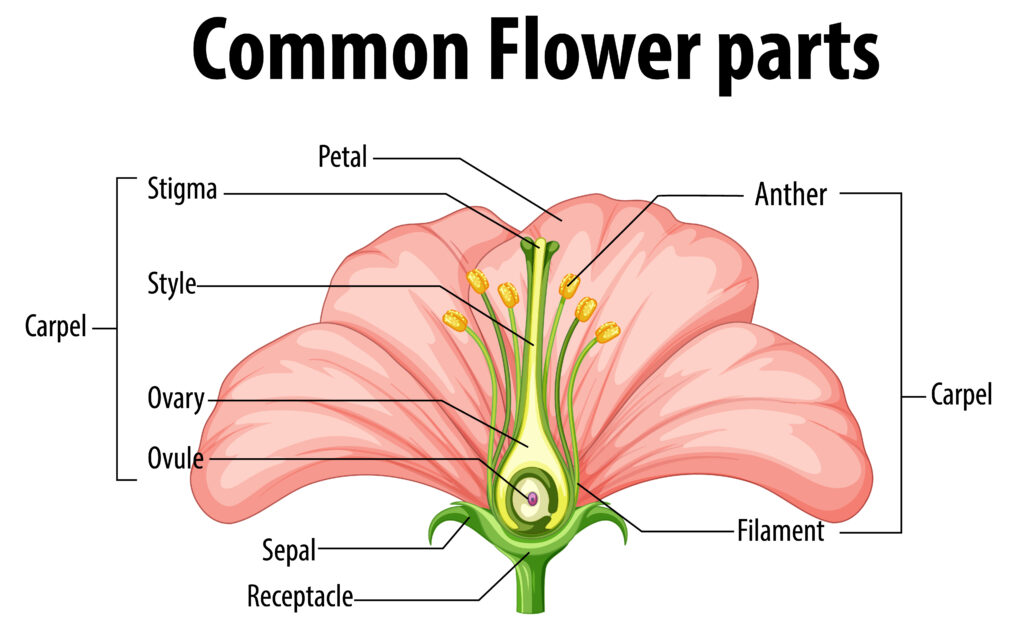Biology Lab: Reaction Time Test
Explore the fascinating world of human reaction times and the nervous system. Understand how our brain processes stimuli and coordinates responses through interactive experiments.
Help & Instructions
▼- Reaction Time Test: Click the circle as quickly as possible when it turns green
- Nervous System Pathway: Identify the correct sequence of the reflex arc
- Use the hint button if you need help understanding a concept
- Try different test conditions to see how they affect reaction time
- Understand the concept of reaction time and its measurement
- Learn about the nervous system pathway for reflexes
- Identify factors that affect reaction time
- Explore the biological basis of control and coordination
Reaction Time Test: Measure Your Reflexes
Click the circle as quickly as possible when it turns green. Try to achieve the fastest reaction time!
Nervous System Pathway: Reflex Arc
Arrange the components of the reflex arc in the correct sequence.
Reaction time is the interval between the presentation of a stimulus and the initiation of a response. It involves sensory processing, neural transmission, and motor response. Average human reaction time for visual stimuli is about 250 milliseconds, but this can vary based on factors like age, fatigue, and practice.
The Biology of Control and Coordination
Reaction time involves several biological processes:
- Sensory Reception: Detection of stimulus by sensory receptors
- Neural Transmission: Passage of nerve impulse through neurons
- CNS Processing: Interpretation of stimulus in brain/spinal cord
- Motor Response: Activation of effector organs (muscles/glands)
The reflex arc is the neural pathway that controls a reflex action:
- Receptor: Receives the stimulus
- Sensory Neuron: Carries impulse to CNS
- Interneuron: Processes information in CNS
- Motor Neuron: Carries response signal from CNS
- Effector: Muscle or gland that produces response
Several factors can influence how quickly we respond to stimuli:
- Age: Reaction time generally slows with age
- Fatigue: Tiredness increases reaction time
- Distractions: Divided attention slows responses
- Practice: Repeated exposure can improve reaction time
- Stimulus Type: Different senses have different processing times
| Population | Average Visual Reaction Time (ms) |
|---|---|
| Young Adults (18-25) | 190-250 |
| Adults (26-45) | 220-280 |
| Older Adults (46+) | 250-350 |
| Professional Gamers | 150-200 |



